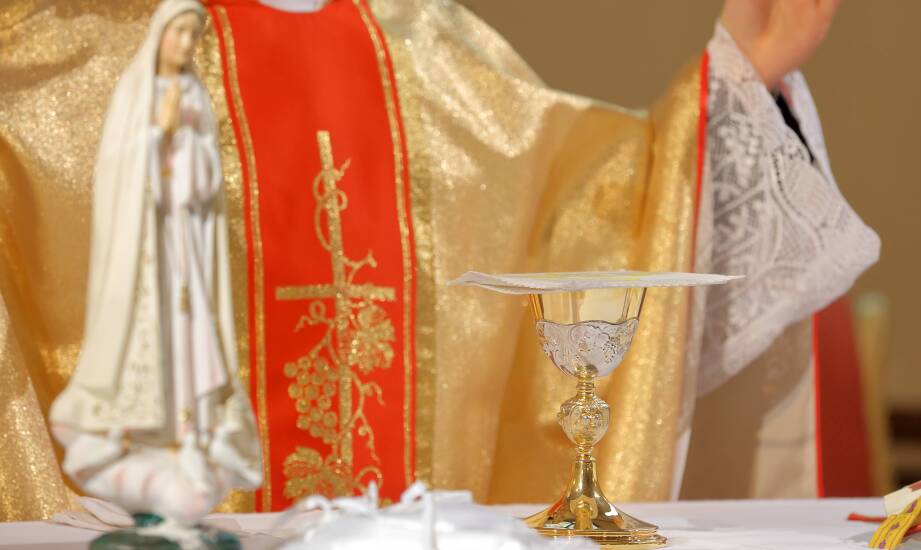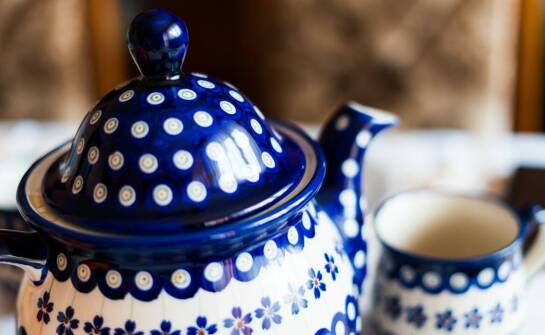Sponsored article
The Significance of Embroidery on Mitres: What You Need to Know

The mitre has for centuries been one of the most important episcopal insignia, with its embroidered adornments serving not only as artistic elements but primarily as carriers of significant theological symbolism. Every detail of the embroidery, from motif selection to thread color, holds meaning and contributes to the message of the liturgical celebration. Understanding the role of embroideries on mitres allows for a deeper insight into their spiritual sense, as well as appreciation for the craftsmanship and rich traditions behind each creation. Exploring their symbolism, liturgical function, and execution techniques reveals how these small yet highly expressive details serve as crucial elements of sacred communication.
Symbolism of Embroidery on Mitres
Embroidery on mitres does not merely serve a decorative purpose but acts as a bearer of rich theological and liturgical symbolism. Motifs such as the cross, Paschal Lamb, vine, or dove relate to the fundamental truths of faith and the pastoral duties of a bishop. The cross symbolizes Christ's sacrifice and resurrection, the vine represents the unity of the faithful with Christ in the Eucharist, and the dove signifies the action of the Holy Spirit. The colors of the embroidery also hold significance: gold expresses glory and triumph, white represents purity and joy, and purple denotes spiritual authority and the willingness to sacrifice. Thus, the mitre becomes a visual reminder of the bishop's role as the Church's shepherd and teacher and underscores the importance of the liturgical celebration.
Function of Embroidery in Liturgy and Tradition
The richness of embroidery on a mitre is closely related to the nature of the liturgy, and thus their choice is not accidental. The simplest mitre simplex, made of plain white fabric and devoid of decorations, is used on penitential days and during funerals to emphasize the ceremony's solemnity and modesty. The mitre auriphrygiata, adorned with golden threads and moderate embroidery, is used in medium-rank celebrations, while the most elaborate mitre pretiosa, with intricate embroideries and decorations, is reserved for major feasts and pontifical masses. Ars Sacra offers mitres in various embroidery variants—from minimalist designs that perfectly fit simple celebrations to richly adorned models for the most solemn occasions. This allows each bishop and chapter to select a mitre that aligns with the celebration's character and maintain full compliance with liturgical regulations.
Contemporary Techniques and Artistic Importance
In the past, embroidery was done by hand using threads of gold, silver, and pearl applications, making each mitre a unique work of art. Today, computer embroidery is increasingly used, allowing for precise reproduction of complex patterns while reducing production time and cost. Despite the use of modern techniques, mitres retain their original significance—they remain symbols of episcopal dignity and the beauty of the liturgy. Care for their appropriate appearance, color harmony, and proper storage reflects respect for Church traditions and the faithful, who through the richness of embroidery can experience a deeper dimension of the sacred.



